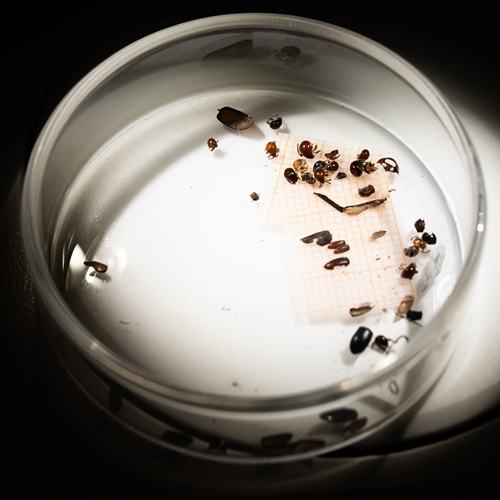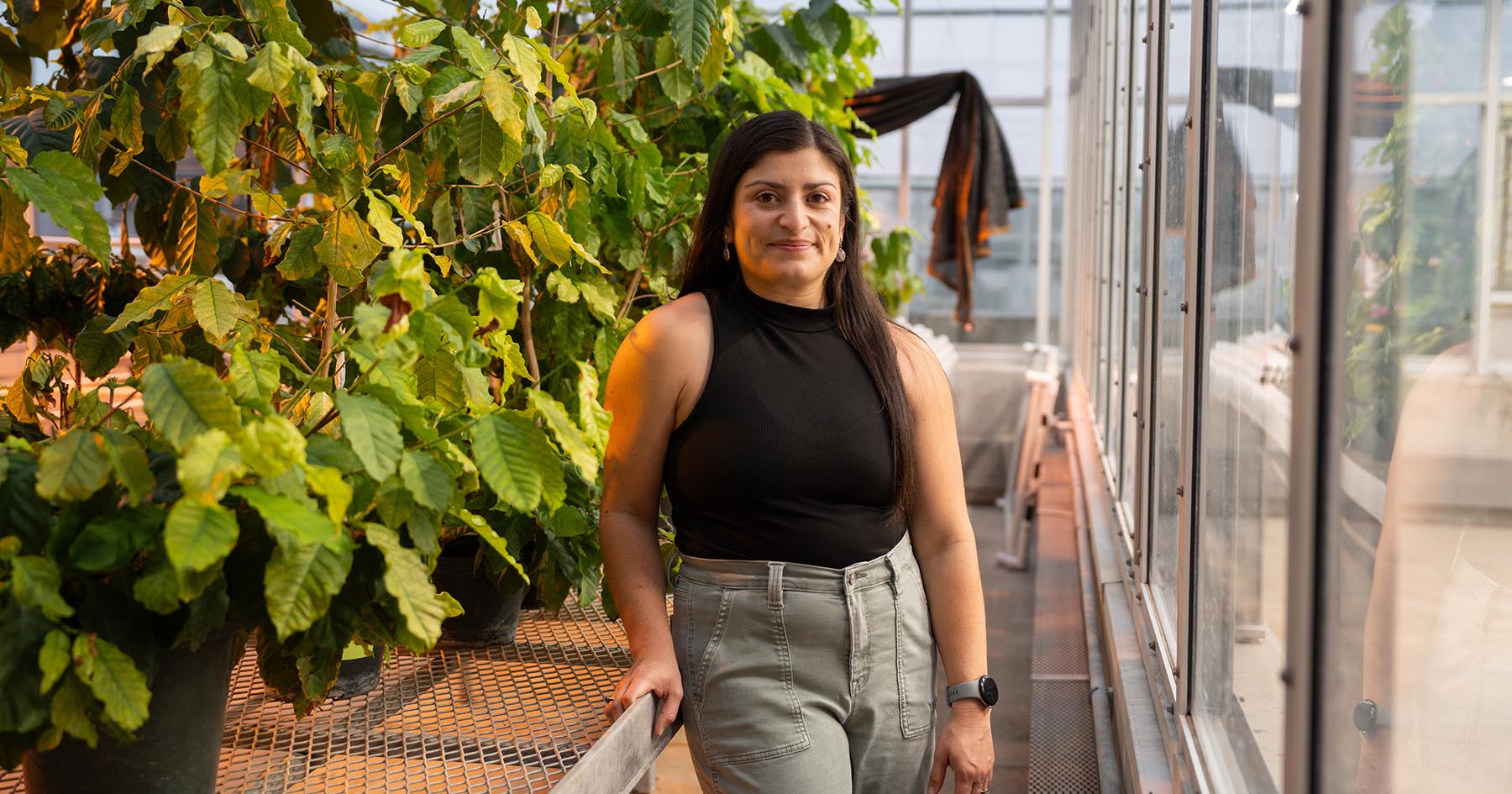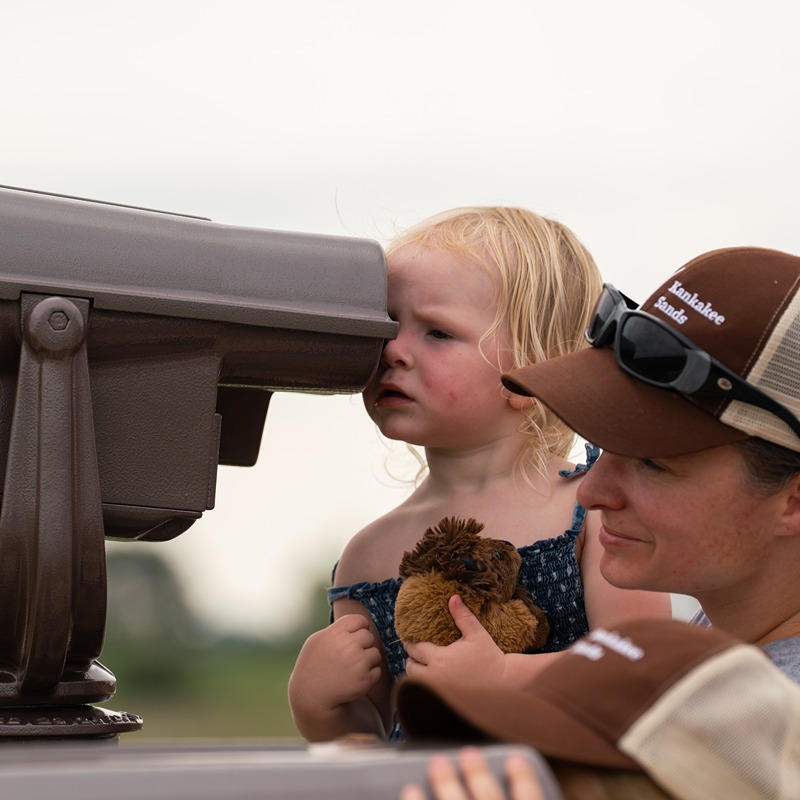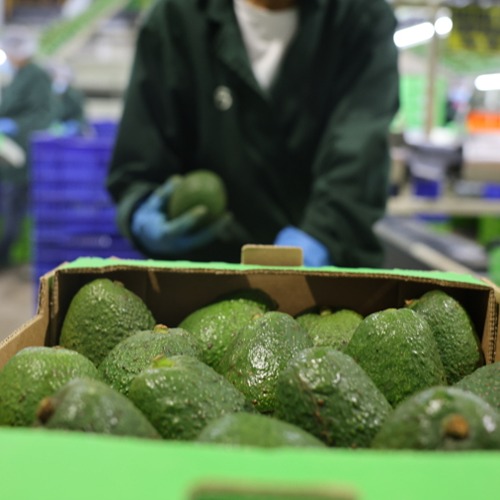Purdue’s latest land value survey shows farmland values are up in Indiana
The June 2018 Purdue Land Value Survey published in the Purdue Agricultural Economics Report (PAER), by the Department of Agricultural Economics, was released earlier this month. The report lays out changes in farmland values and cash rents. This survey examines trends in farmland values, cash rents and also details market factors impacting these prices. Craig Dobbins, professor of agricultural economics and the survey’s author, said both farmland values and cash rents experienced a small increase statewide this year.
“It’s often difficult to find information about current farmland values or historic farmland values and cash rents,” Dobbins said. “The purpose of our survey is to help people have some idea of what’s happening in the farmland market by providing an up to date reference.”
According to the survey, top quality, average quality and poor quality farmland increased in value from last year by 1.6 percent, 2.1 percent and 2.4 percent, respectively. In Indiana, top quality farmland has an average value of $8,668 per acre, average quality farmland rings in at $7,072, while poor-quality farmland averages $5,407. Like farmland values, changes in cash rent were consistently positive. On the whole, cash rents for the state increased 2.4 percent to 3.2 percent. Top quality farmland runs $261 an acre with average and poor quality farmland priced at $210 and $168, respectively.
The report identified the amount of farmland on the market and rate of inflation as the two market factors positively influencing the cost of farmland. Nine factors, including crop and livestock prices, interest rates and agricultural policy, had negative influences. Since 2014, an increasing number of these 11 market factors have turned negative.
It’s becoming more difficult to predict how certain agricultural economic factors are going to impact land values, Dobbins observed, especially with recent changes to trade and tariff policy in the U.S.
“Production agriculture is always risky, but it has gotten really risky given the current events taking place. Production agriculture is highly dependent on export markets. To get a change in policy to one that is erecting barriers rather than reducing barriers is really a shift,” Dobbins said. Such a volatile trade environment makes it difficult to formulate predictions, however, Dobbins added, the uncertainties in trade policy seem likely to delay the hoped for increase in corn and soybean prices. Flat or declining farmland values seem more likely than continued increases going forward.





